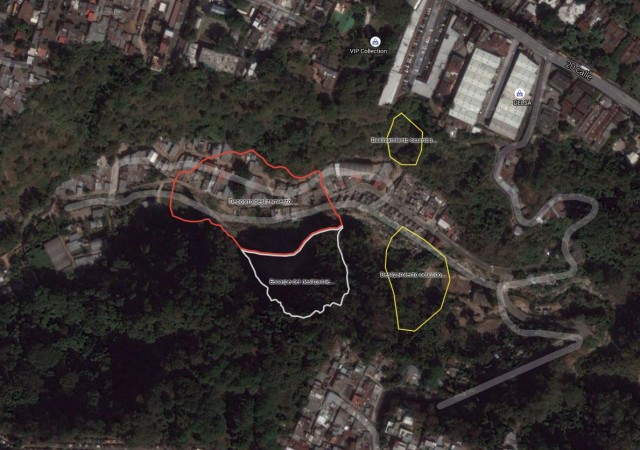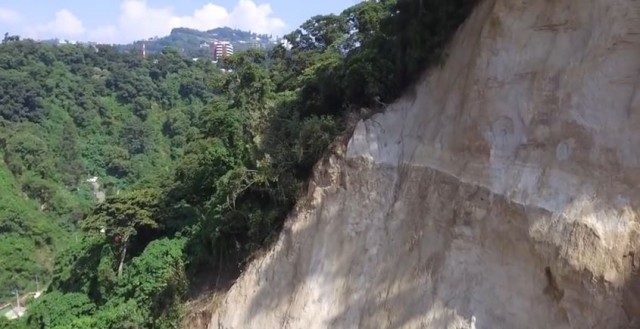11 October 2015
El Cambray II: 264 killed, 40 still missing
Posted by Dave Petley
El Cambray II:
The Herculean effort to recover the victims of the El Cambray II landslide in Guatemala have continued for over a week now. Reports suggest that to date 264 bodies have been recovered, whilst the list of those missing has reduced to 40. To have recovered so many of the victims has required an enormous effort that is of great credit to those involved. This will have been an extremely difficult, dangerous and upsetting process.
The best update on the El Cambray II landslide that I have seen is in this Youtube video, which provides a time-dated overview of the recovery operations:
.
This map also provides a useful overview both of the location of the El Cambray II landslide, and those in the vicinity, compiled by Rüdiger Escobar Wolf of Michigan Technological University:-

A map of the El Cambray II landslide, compiled by Rüdiger Escobar Wolf, Michigan Technological University
.
Perhaps the most interesting aspect of the video is the section, about 3 minutes 30 section into the video, that shows the landslide scar in detail:

El Cambray II landslide scar, via Youtube
.
The very clear depositional change visible in the above image is particularly interesting. The scar is for the most part very planar and quite smooth (though now a little eroded by water). The other notable aspect is that the video shows the development of at least one new landslide during the recovery operations:

El Cambray II landslide from Youtube
.
This new landslide has probably resulted from the redirection of the river, which has caused undercutting of the slope. This is probably not surprising given the obviously erodible nature of the materials forming these slopes, and probably supports the hypothesis that this disaster was caused by the river eroding laterally into the cliff. Inevitably this raises serious questions about whether this valley, and others like it, are safe for human habitation.
Acknowledgement
Many thanks to Jose Cepeda of NGI for his help with this post.


 Dave Petley is the Vice-Chancellor of the University of Hull in the United Kingdom. His blog provides commentary and analysis of landslide events occurring worldwide, including the landslides themselves, latest research, and conferences and meetings.
Dave Petley is the Vice-Chancellor of the University of Hull in the United Kingdom. His blog provides commentary and analysis of landslide events occurring worldwide, including the landslides themselves, latest research, and conferences and meetings.